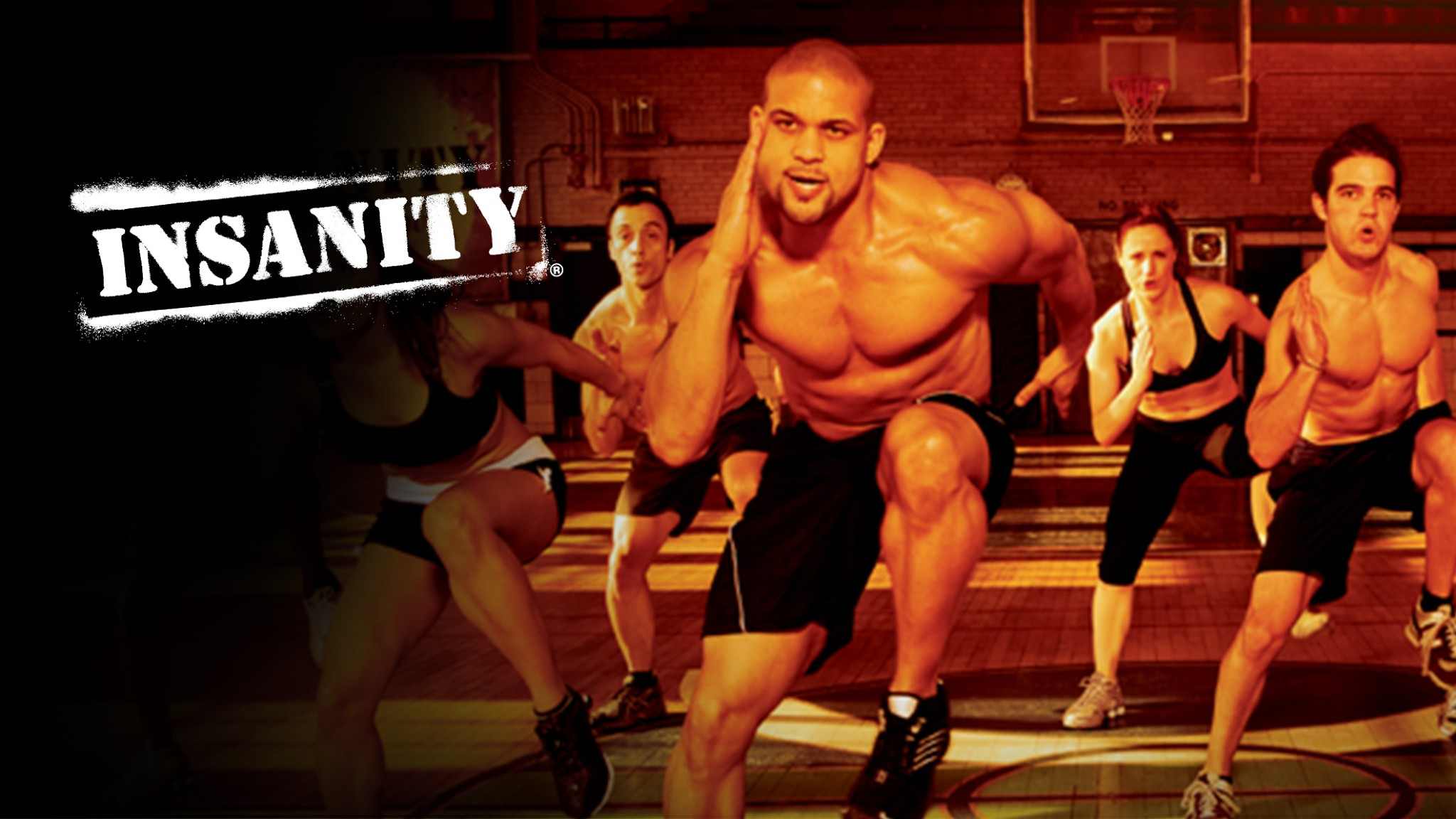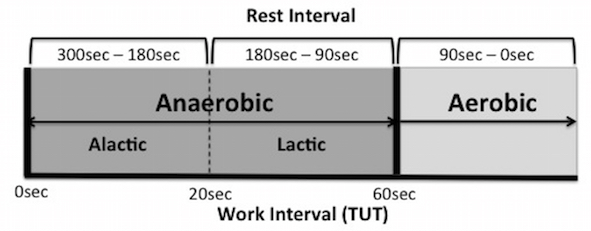— Originally posted as a guest article for TonyGentilcore.com —
Other than the word functional, ‘intensity’ is one of the most misunderstood terms in fitness.
The reason you’re picturing a sweaty out-of-breath person ready to run to the bathroom and puke at any moment, is because we’ve been taught to associate intensity with exhaustion…
…and insanity!

The actual definition of intensity is pushing your muscles to their maximum capacity within the designated training variables. Which means choosing a weight that’s optimal for the given rep range (not too light or heavy) and executing the movement with the proper form and tempo.

If the form and tempo is not there, the weight is too heavy, or exercise choice too challenging. Prompting the trainee to lower the load, or regress to an easier variation of the movement.
Conversely, if the form and tempo are clean, and the trainee is not challenged on the last few reps, they’re encouraged to raise the weight.
This is called ‘progression,’ and it forms the basis of ‘progressive resistance training.’ Also known as, the thing a good chunk of the population thinks they’re taking part in, when they fire up a couple giant circuits of burpee to med ball twist to skipping rope to kettlebell swing to push up to…
Muscle Confusion right?

Along with progression, rest determines the intensity of the workout. But not to the point of exhaustion or depletion that’s common in warehouses and living rooms across the country.

Yes, this type of intensity can have you slightly out of breath (especially if you’re supersetting), but it’s very different than aerobic fatigue. Instead of tiring you to the point where you can’t do anything, it’s pushing your muscles to their maximum capacity, and giving them adequate rest to perform in a specific training zone.
Although our obsession with exhaustive training has everyone believing we should be exercising continuously, any qualified fitness professional understands that the work-to-rest ratio determines the training zone. And despite the ‘rest makes you weak’ mantra from aerobic instructors, or the ‘no pain no gain’ philosophy of many crossfitters, we start training a different energy system when rest is too short.
We’re not trying to exhaust the muscle, we’re trying to strengthen and improve it. When we perform an endless number of muscle contractions (repetitions), we end up building muscular endurance as opposed to hypertrophy or strength. And start training aerobically, instead of anaerobically.
Compromising our ability to build strength and muscle, and facilitating an overall loss in power and explosiveness. Whether it’s resistance training or not.
Even though shorter rest periods produce a larger hormonal response and more metabolic stress, while longer rest periods allow for more weight to be lifted on subsequent sets, there is still a minimum threshold for proper recovery.
If rest periods are too short, the number of reps declines, the weight lifted declines, and so does the total workout volume.
A 2013 review published in the journal Sports Medicine analyzing research on hypertrophy, concluded that rest periods longer than 1 minute are preferable for maintaining optimal workloads while maintaining some metabolic stress.
So, although metabolic stress is one of the main drivers of hypertrophy, we still need to recover between sets. Otherwise, any increase in exercise byproducts and growth hormone that gets our muscles all pumped up, is balanced by decreases in mechanical tension and strength capacity.
We don’t want our rest period at a point where it’s difficult to perform as much ‘work’ as would be possible with slightly longer rest. Which means keeping it high enough to maximize the number of successful reps over multiple sets, while still experiencing adequate metabolic stress to stimulate hypertrophy.
Anything below this threshold and we’re turning strength training into endurance training. And anything above that, and we’ll struggle to put on muscle.

As illustrated in the charts above, the magic seems to happen between 90 and 180sec of recovery between sets. Maximizing hypertrophy (metabolic stress) without sacrificing strength (mechanical tension) on the low end, and maximizing strength without minimizing hypertrophy on the high end.
Plus, it’s maximizing muscle-building hormones (testosterone, IGF-1, gH), with high volume and intensity, while minimizing the muscle-burning hormones (cortisol) associated with excessively short rest periods. AKA Cardio!
And sure, you can still bring ‘intensity’ to your workouts, but it’s not achieved by doing things faster or longer. Bringing intensity is nailing your rest, and selecting a challenging weight that you can perform with proper form and tempo.
Don’t shorten the rest, or do extra sloppy reps, like the exhausted exerciser. And don’t do partial reps with a weight that’s too heavy, like a bro with an ego. As that’s not intensity, it’s stupidity!
Stay Lean!
Coach Mike
RELATED ARTICLES:
Cardio - The Worst Investment Ever
Sprinting vs Jogging - Go Fast To Burn Fat
The 5 Best HIIT (High Intensity Interval Training) Combos
Is There an Optimal Tempo For Strength & Muscle Building?
Exercise Intensity Trumps Exercise Duration For Disease Prevention


